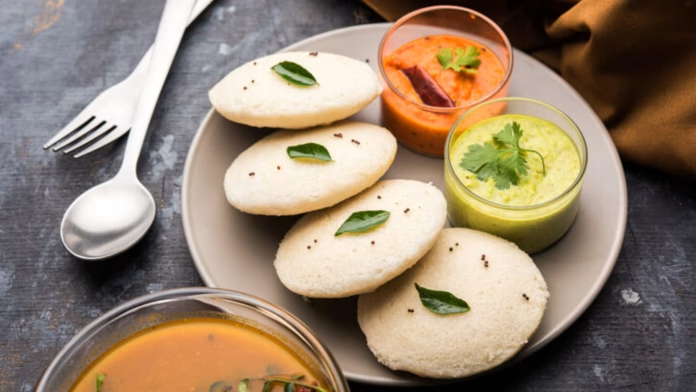Idli, a quintessential South Indian dish, has garnered a well-deserved reputation as a beloved comfort food worldwide. Its humble yet satisfying nature, coupled with its health benefits, has made it a go-to choice for breakfast, lunch, dinner, or even a snack. While the classic idli recipe holds a special place in our hearts, culinary enthusiasts and innovative chefs have embarked on a flavorful journey, creating unique variations of this beloved dish. These delightful idli variations not only showcase the creativity of the culinary world but also provide idli lovers with exciting options to expand their taste horizons. In this article, we will delve into six delightfully unique idli varieties that are sure to entice your palate and elevate your idli experience to new heights.
Exploring Unique Idli Varieties
- Ragi Idli
Ragi idli is a healthier alternative to the traditional rice-based idli. Ragi, also known as finger millet, is rich in fiber, calcium, and iron. To prepare ragi idli, a portion of the rice in the batter is replaced with ragi flour. The result is a nutritious idli with a unique nutty flavor and a slightly denser texture. Ragi idli is an excellent choice for those looking to incorporate more whole grains into their diet.
- Palak Idli
Palak idli is a vibrant green idli variation that incorporates the goodness of spinach. Blanched spinach leaves are pureed and added to the idli batter, giving it a vibrant color and a subtle earthy taste. Palak idli not only adds nutritional value to the dish but also makes it visually appealing. It is an excellent way to sneak in some greens for picky eaters.
- Quinoa Idli
Quinoa, a protein-packed pseudo-grain, has gained popularity as a superfood in recent years. Quinoa idli combines the goodness of quinoa with the traditional idli preparation. By replacing a portion of the rice with quinoa, this variety offers a higher protein content and adds a nutty flavor to the idlis. Quinoa idli is a nutritious choice for those following a gluten-free or high-protein diet.
- Poha Idli
Poha, or flattened rice, is a commonly used ingredient in Indian cuisine. Poha idli incorporates soaked poha into the idli batter, resulting in soft and fluffy idlis with a delicate texture. Poha adds a slight sweetness and a lightness to the idlis, making them incredibly appealing. Poha idli is an excellent option for those looking for a quick and easy variation that requires minimal fermentation time.
- Rava Idli
Rava idli, also known as semolina idli, is a popular variation that uses semolina or sooji instead of rice. This variation eliminates the need for soaking and fermenting the batter, making it a convenient choice for those short on time. Rava idlis are light, spongy, and have a mild nutty flavor. The addition of yogurt and a tempering of mustard seeds, curry leaves, and cashews further enhance the taste.
- Kanchipuram Idli
Originating from the temple town of Kanchipuram in Tamil Nadu, Kanchipuram idli is a unique and flavorful variation of the traditional idli. It is made by adding spices like peppercorns, cumin seeds, ginger, and curry leaves to the idli batter. The resulting idlis have a distinctive taste and aroma that is truly enticing. Kanchipuram idlis are often served with coconut chutney or sambar, making them a delightful treat for the taste buds.
Final Thoughts:
While the traditional idli continues to be a favorite among idli lovers, exploring the unique idli varieties opens up a world of flavors and health benefits. Ragi idli, palak idli, quinoa idli, poha idli, rava idli, and Kanchipuram idli offer exciting alternatives that cater to diverse taste preferences and dietary needs. These variations not only add variety to your idli repertoire but also provide a chance to incorporate different grains and ingredients into your diet. So, the next time you crave idlis, why not try one of these delightful and unique variations to elevate your culinary experience?





